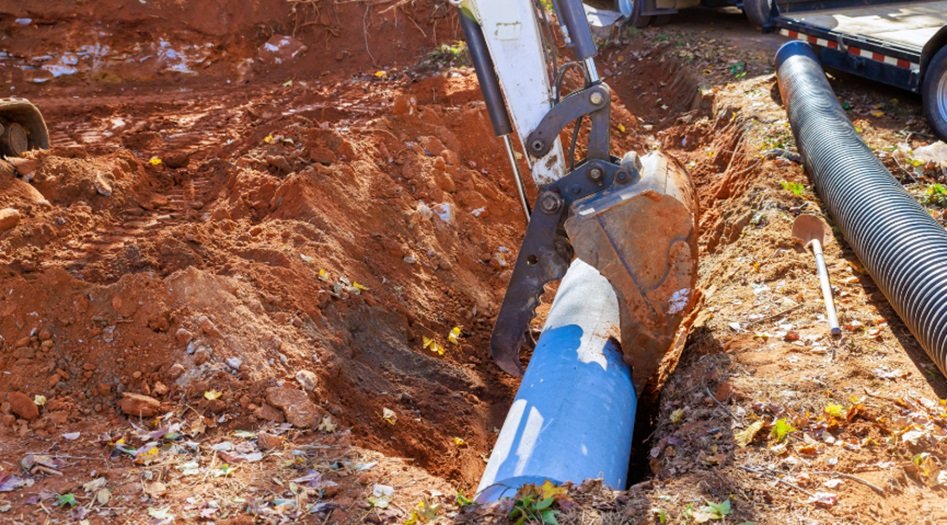Effective yard drainage systems prevent soil erosion and protect your landscape. For homeowners seeking yard drainage in Roswell, addressing erosion concerns is not just about maintaining a beautiful outdoor space—it’s about safeguarding your property’s foundation and long-term stability. Poor drainage often leads to water polling and soil displacement, severely impacting your yard’s health and usability.
This article explores the connection between yard drainage and erosion prevention and offers tips for implementing effective solutions.
How Poor Drainage Contributes to Erosion
Water Pooling and Soil Saturation
When water pools in low-lying areas of your yard, it overflows the soil, weakening its structure and making it more prone to erosion. Over time, this leads to uneven terrain and loss of valuable topsoil.
Uncontrolled Runoff
With proper drainage, water runoff can flow smoothly during heavy rains, washing away soil and damaging plants, pathways, and retaining walls. This runoff often strips the topsoil of essential nutrients, leaving the landscape barren.
Impact on Landscaping Features
Decorative elements like flower beds, garden paths, and retaining walls are particularly vulnerable to erosion caused by poor drainage. Over time, these features can shift, crack, or collapse.
Benefits of Yard Drainage Systems for Erosion Prevention
Redirecting Water Flow
Drainage systems, such as French drains and swales, help redirect water flow away from vulnerable areas, minimizing soil displacement and reducing erosion risks.
Maintaining Soil Integrity
Adequate drainage preserves the soil’s structure and fertility by preventing water pooling and controlling runoff, ensuring your yard remains healthy and visually appealing.
Protecting Property Value
Erosion can cause significant damage to a property’s foundation, driveways, and landscaping. Proper drainage solutions safeguard these elements, maintaining your property’s value and functionality.
For more insights into selecting the proper drainage system, consider exploring this helpful overview on finding the perfect drainage fit for your yard to ensure a tailored solution.
Common Yard Drainage Solutions
French Drains
French drains use perforated pipes surrounded by gravel to redirect water away from problem areas. They are ideal for yards with frequent pooling or high runoff.
Swales
Swales are shallow, grass-covered channels designed to manage runoff by directing it to a designated drainage area.
Dry Wells
Dry wells collect and store excess water underground, allowing it to seep back into the soil gradually.
Retaining Walls with Drainage Features
Retaining walls with integrated drainage systems help control soil movement on sloped landscapes, reducing erosion risks.
Avoiding Common Drainage Mistakes
Implementing a drainage solution is only effective if done correctly. Some common mistakes include:
- Installing systems without proper grading.
- Using inadequate materials or undersized pipes.
- We need to maintain the drainage system regularly.
For a deeper look into avoiding these pitfalls, check out this article on common mistakes to avoid when improving yard drainage to ensure long-term effectiveness.
Tips for Enhancing Yard Drainage
- Regular Inspections: To address issues early, periodically check for signs of erosion or clogged drains.
- Combine Solutions: Use multiple drainage features, like French drains and swales, to tackle problem areas effectively.
- Consult Professionals: Working with an expert ensures your drainage system is designed and installed correctly for maximum efficiency.
Conclusion
Yard drainage systems are essential for preventing erosion and maintaining a stable, healthy landscape. Investing in yard drainage protects your property from water damage and enhances its functionality and aesthetic appeal. Homeowners can implement practical solutions that preserve their outdoor space for years by understanding the connection between drainage and erosion.

